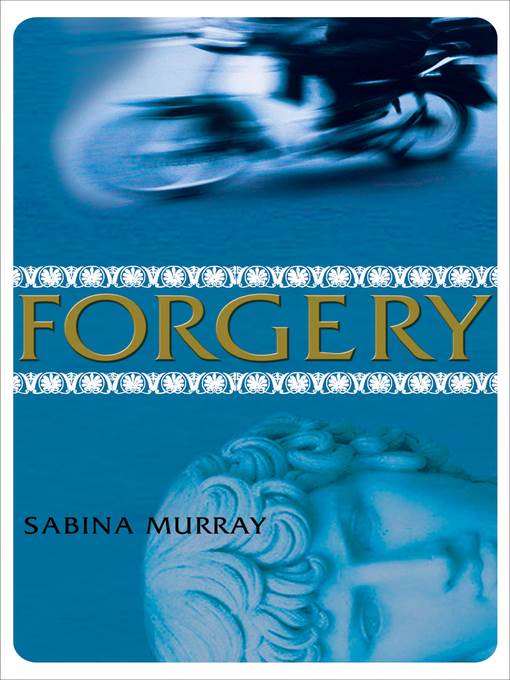
Forgery
کتاب های مرتبط
- اطلاعات
- نقد و بررسی
- دیدگاه کاربران
نقد و بررسی

March 5, 2007
Murray's latest, following the PEN/Faulkner Award–winning The Caprices
(2002) and A Carnivore's Inquiry
(2005), opens in the summer of 1963, as art and antiquities dealer Rupert Brigg travels to Athens to scout out ancient artifacts on behalf of his millionaire uncle, William. Rupert, who narrates icily in sharp contrast to his garrulous personality, connects with Steve Kelly, a canny journalist with deep contacts. The scene shifts to the island of Aspros, where Rupert encounters a coterie of expatriates that includes the sculptor Jack Weldon, who, despite art world recognition, spends most of his time faking up Achilles and Diomedes, and Rupert's romantic interest, the withering, erratic Olivia. Just as Rupert is deciding whether or not he has come up with the archeological find of the century—a spurious second century A.D. torso dredged up in a zucchini field—the offstage murder of a prominent character is phoned in by Steve Kelly. One by one, Rupert's own secrets (a stifled childhood, a spectacularly failed marriage) are slowly revealed, showcasing Murray's narrative cunning, and setting the narrative's pulse racing. Rupert's true identity is the book's parallel mystery, and Murray has one believing that discretion may be the soul of fraudulence until the ambiguous dénouement, which leaves readers to re-evaluate the pieces of plot for authenticity.

April 15, 2007
Rupert Brigg, an American visiting Greece in the 1960s, plays the central role in this latest from PEN/Faulkner Award winner Murray ("A Carnivore's Inquiry"). But the main draw is neither the setting nor Brigg's hunt for lost treasures of classical antiquity. The novel is a pleasure because of the way the real Brigg unfolds throughout; the story of his divorce and of his extreme grief and sense of loss are not apparent at the outset. Not unlike Ann Packer's "The Dive from Clausen's Pier", Murray's narrative refuses to depict overwhelming mourning but shows its effects in quiet, biting ways. Murray also interestingly juxtaposes the subject of fake antiquities with both fake and real portraits of characters. Lacking rhythm, the restrained prose does not effectively create flowing dialog, but with just a few words Murray conjures images that stay with the reader for days. Recommended for public libraries.Shalini Miskelly, Highline Community Coll. Lib., Des Moines, WA
Copyright 2007 Library Journal, LLC Used with permission.

Starred review from June 1, 2007
Murrays latest novel tells the story of Rupert Briggs, a recently divorced man who, in the summer of 1963, heads off to Greece to find new items for his uncles art collection. But, like quite a few things in this beautifully written book, the title is deceiving; although it does refer to dubious works of art, it also (and primarily) refers to Rupert himself, a man who isnt quite what he appears to be. Theres also friendly Steve Kelly, who may not be merely the journalist he claims to be. In fact, the story itself is something of a forgery, a psychological thriller posing as a gentle travelogue, a fairly dark voyage of self-discovery posing as a relatively light story of comic misadventure. Rupert is an intricately designed, intriguingly presented character: we know we like him, but we also know there are plenty of things about himself he isnt telling us (including, perhaps, the truth about the death of his young son). Murray does a lovely job of transporting us to mid-1960s Greece, a country teetering on the edge of political upheaval; unlike the people, this place, which no longer exists, feels entirely genuine. Forgery is a deeply complex, emotionally and intellectually rewarding novel about the lengths people can go to to make themselves into the people they wish they were.(Reprinted with permission of Booklist, copyright 2007, American Library Association.)

























دیدگاه کاربران